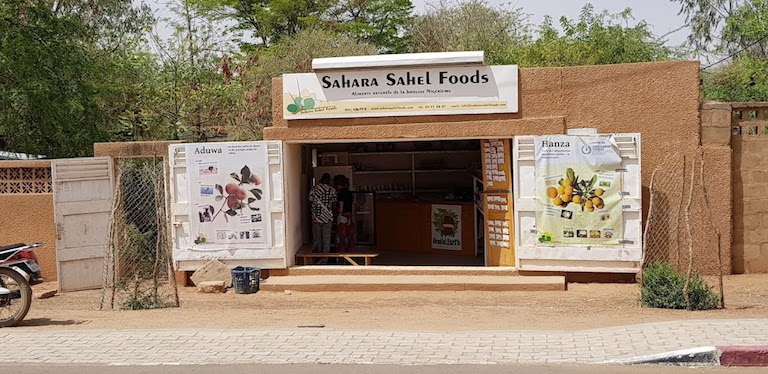Edible forest, that alien that's come to stay
- What you're hearing more and more, what a few of you know how to answer and less than what you've ever seen is an edible forest. However, we have had direct contact with this non-secret organization and we will try to summarize the concept in the following paragraphs.

We'll start with the base, the gross meaning of the name. We are talking about a method of design and practice that, as its name clearly indicates, unites the words “forest” and “edible”. The word “forest” refers to the structure, the way this ecosystem works, the attempt to copy the connections that occur in a natural forest.
On the one hand, as in natural forests, these designed forests seek to create a deep layer of soil with a great fungal activity, full of organic matter and direct structure, which is not cultivated, which leaves its inhabitants in peace.
On the other hand, a good approach is sought to the seven strata found in the natural forests, seeking synergies between them and achieving the most varied and abundant crops possible. The seven strata found in the forests from the subsoil to the highest tree are bulbs and coarse roots of the subsoil, herbaceous stratum, crawling plants, shrubs, small trees, large trees and to finish, mixed among them climbers. The combination of all of them allows for exciting prosperity in this type of human-transformed ecosystems.

The second term that bears the name is the edible word. If we look at its meaning, we can see that edible species are used in the design of these types of forests. And that is, from these forests we can get food through (fruits, vegetables, fungi, asparagus...), but also the forest is a source of many other elements that meet human needs: medicinal plants, cleaners and cosmetics, firewood, building materials and flowers.
We must not forget that forests are kept healthy thanks to individual solidarity. So in our design we have to add other species that support the edible species: trees and plants of the leguminous family (which incorporate nitrogen into the circuit), shells with their long roots to emerge minerals, indigenous shrub species to produce abundant biomass...
In addition to the plant kingdom, in the edible forests there are other important elements that add biodiversity and enjoyment: bodies of water, animals, quiet areas... which we will analyze below. To learn more about the topic, here are two titles: “Creating a forest garden” by Robert Crawford and “Forests and Food Gardens” by Gisela Mir and Mark Biffen. Beautiful!
To sum up, an edible forest is a human-transformed ecosystem that prioritizes life and nature, that can take multiple forms and that seeks a benefit for all, a paradise in my opinion. And you can also create something -- you just have to dive into the forest.
Oihanak atzeraka ari dira mundu osoan. Oso-osoan? Ez, badira txoko batzuk non zuhaitzak ugaritzen ari diren haiekiko harremana aldatu duten baserritarren lanari esker. Hauek ikasi behar izan dute arbolak ez direla laboreen etsaiak, zuhaitz eta zuhaixken esku dagoela lurzoruaren... [+]
Papua New Guinea is traversed from east to west by a high mountain range. On its two slopes are enclosed hills and valleys, and there, the tribes that have lived in isolation for thousands of years, give a reputation for cultural and linguistic diversity to this territory. In... [+]
Forests are edible; yes, yes, edible forests. They are called “edible forests,” especially because the creation and care of the forest is done through food.
In addition to the first, it is increasingly common to take advantage of some of the forest to eat. Some want to... [+]






















